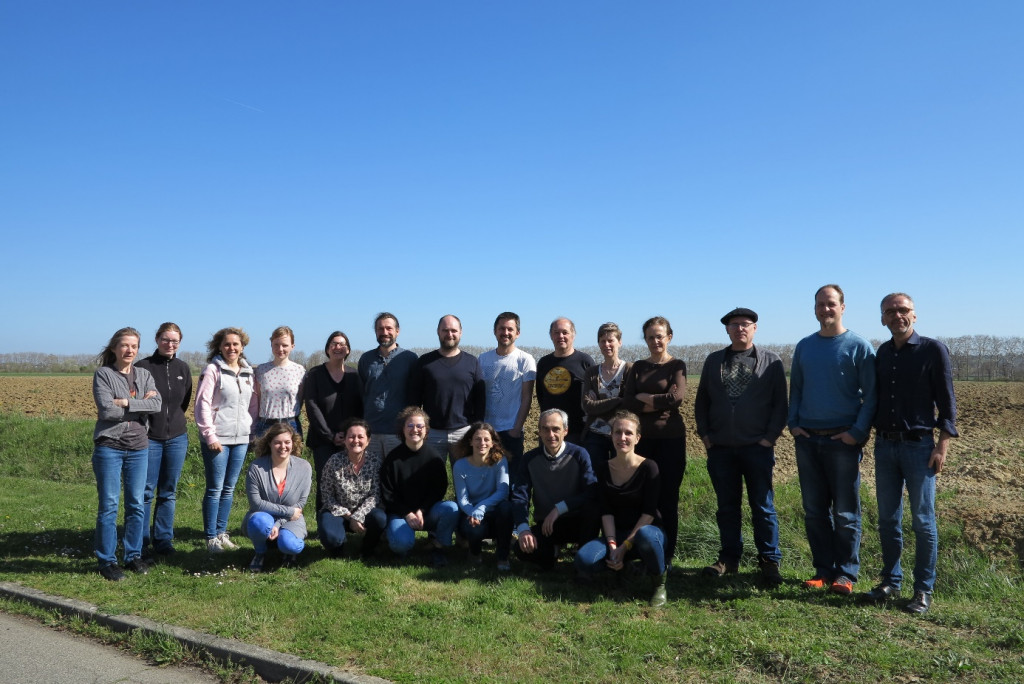News


Controlling the potato virus Y: an absolute necessity for our crops
Of the forty or so viruses that can affect the potato, virus Y (PVY, Potato virus Y) is the most frequently observed in our potato productions.
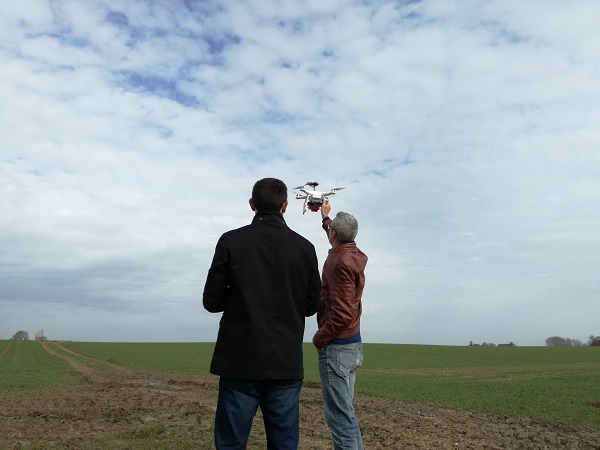

Can UAV’s help to improve nitrogen recommendation?
UAV images can be used to investigate soil organic content! This is one of the UAVSoil project objectives.
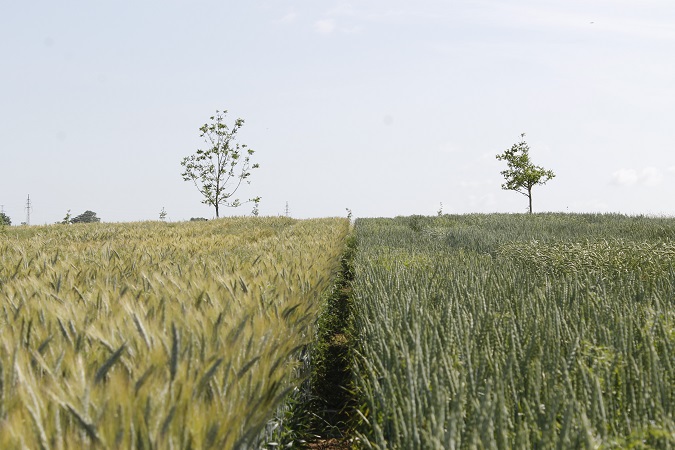

Experimental platforms for comparing cultivation systems
An ambitious CRA-W project that will provide solutions and answers to future agricultural challenges.

Perennial flower strips – a tool for improving pest control in fruit orchards
Partners of EcoOrchard european project edited this new technical leaflet in order to provide technical instruction for flower strip installation in orchards. The FiBL in Zwitzerland...


How do Wallonia’s farmers see their work?
Work on livestock farms is an increasing concern for farmers*. To shed some light on this, between December 2015 and February 2016 we carried out a survey of the pressure of work perceived...
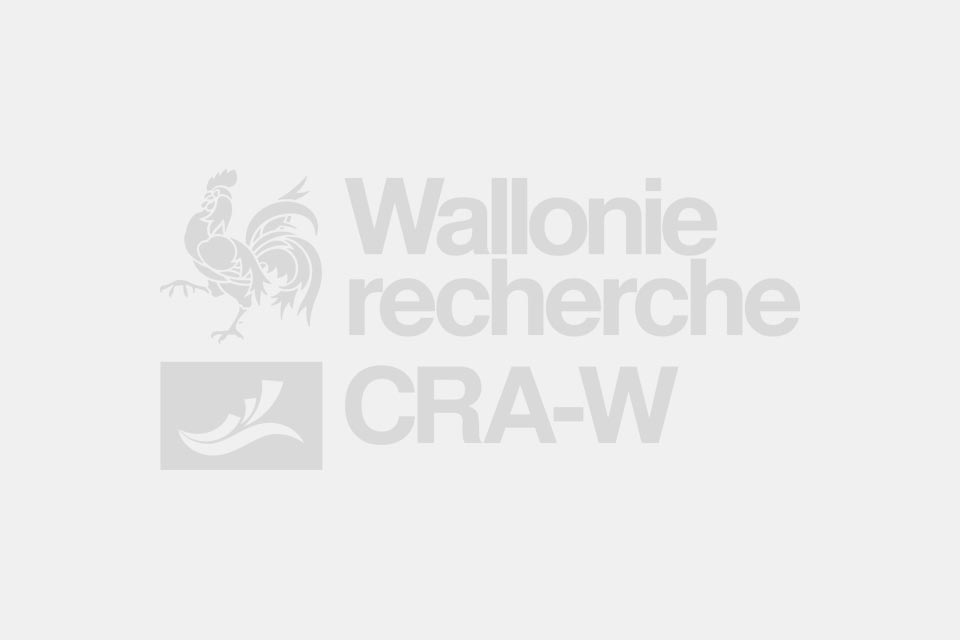

CRA-W contributes to the food authentication research network.
Today Europe needs to bring together researchers, inspection authorities, lawmakers, political decision-makers and financial players to develop tools and put in place strategies for...
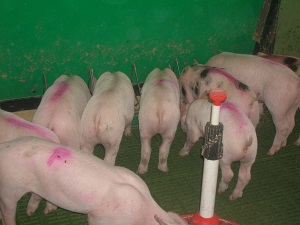

Valine requirement of piglets fed low-protein diet
Economic and environmental constraints are pushing down piglets’ dietary protein content and several amino acids (AA) tend to limit performance. Various synthetic AA are often used...
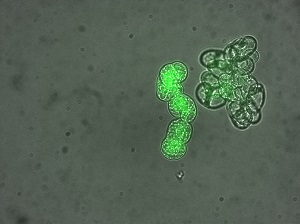

Shedding light on the future: fluorescent sensors
Fluorescence emission is a well-known physicochemical phenomenon that has been used in research for decades. New methods based on fluorescence emission have been developed by CRA-W....


Brochures and folders
Our technical publications, our thematic documents



